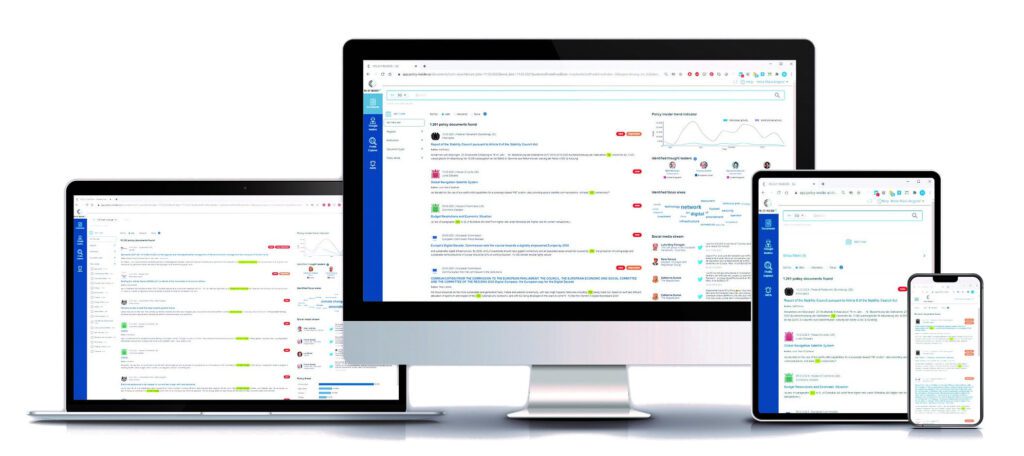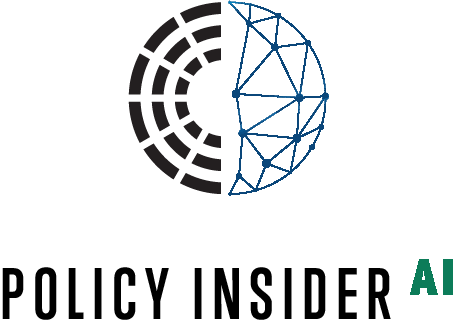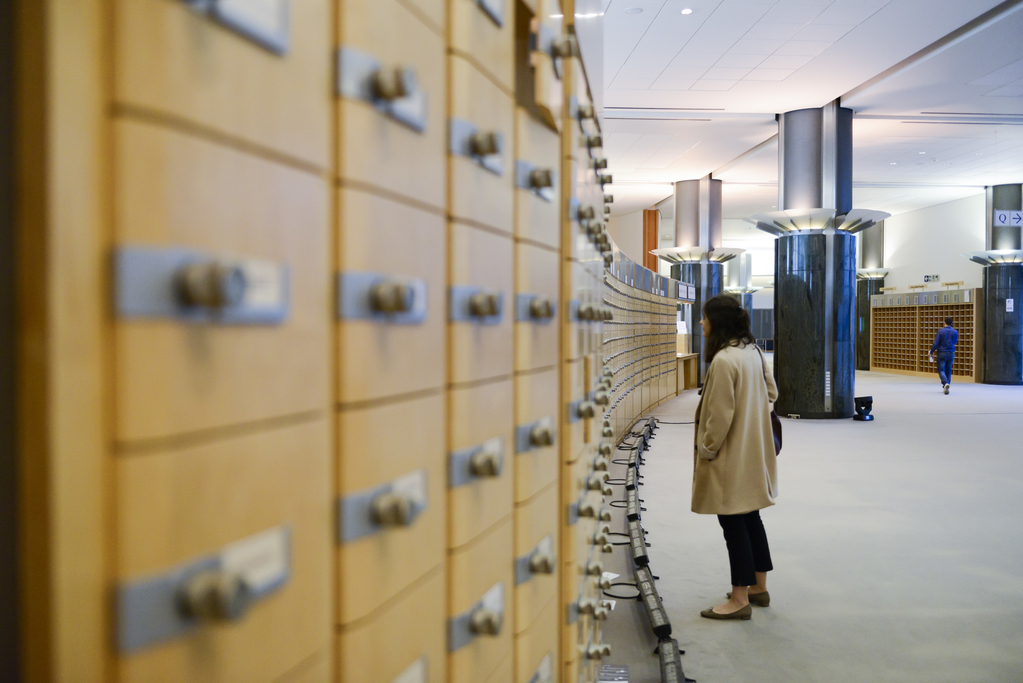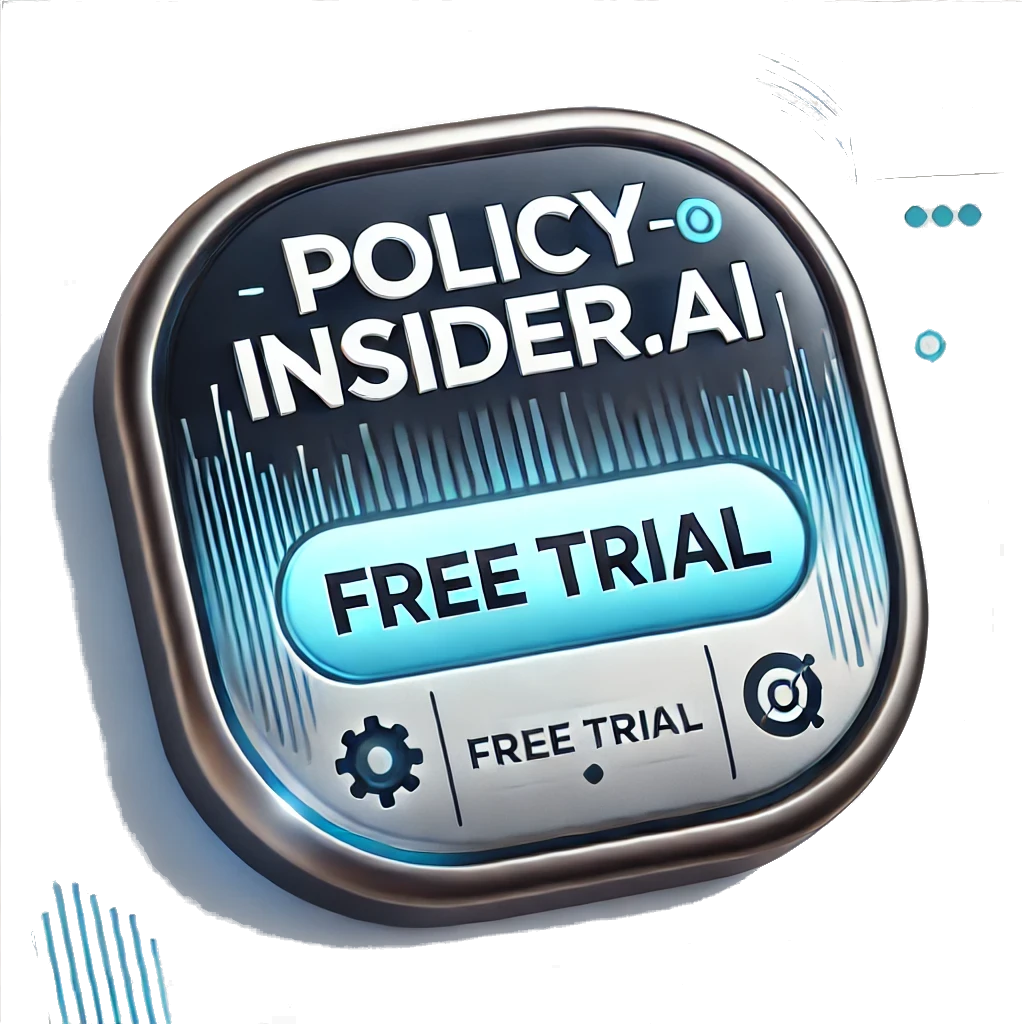
I have started working in EU public affairs in the mid-1990s. Monitoring EU policy developments was simple if you knew where and when to look. As former Head of Office for a Member of the European Parliament (MEP) at both sites – Brussels and Strasbourg, I was well acquainted with the usual places where and at what time of the day, week, or month, the necessary documents were to be found. There was this desk at the distribution with very friendly staff who provided you with all you needed: the so-called pigeonholes areas.
Having the right documents at the right time was crucial for our work as government affairs professionals.
It was always the battle of being among the first to have the documents needed to provide a good analysis, assessment, and advice for our clients.
We knew what we needed from the European Parliament, the European Commission, the latest news from journalists observing the Council. We complemented our sources by the occasional EU publication of Agence Presse, some EU news publications such as the ‘European Voice’, and press releases from MEPs.

Our morning or afternoon tours through the buildings were accompanied by a coffee break with EU staffers to discuss the latest information. We were all set and we felt generally well informed and prepared. Both for the clients that hired us for EU policy monitoring as well as for those engaging in advocacy subsequently.
Then came the Internet – EU policy monitoring revisited.
Documents were available, sometimes on the day that topics occurred, sometimes later, sometimes never. And there were more documents, more news, more speculation and the difference between fact news and fake news (back then already) was at times difficult to assess. Thankfully, we were sufficiently experienced to draw our own conclusions.
But the publications on the internet were unreliable when it came to timing. Reliable EU policy monitoring through the Internet was impossible. So, we started doing our morning and afternoon tours again – on top of the lengthy internet searches, ensuring that we gather the documents we needed on time.
Of course, the internet was also a blessing. As the advocacy environment professionalised in the late 1990s and throughout the early 2000s, more positions were published and accessible.
The institutions’ websites were however not streamlined. They all looked different, even those of different offices, departments or Directorate-Generals within the same institutions. Some institutions were more transparent than others, some faster in their communication, some more, some less reliable. It made EU policy monitoring actually more difficult.
Then came Google – EU policy monitoring in a jungle.
It appeared to be the solution. Search engines were really helpful as we could specify our search. But there was no guarantee that we would get even close to what we needed. Google was as helpful as it was irritating. The result was that we had to keep on going back to our detailed institutional searches. The morning and afternoon walk through the institutions were still great for coffee breaks. However, the documents were no longer available in the analogue fashion. All was online – somewhere, anywhere, everywhere.
Google was helpful, but not the solution to EU policy monitoring.

Then came social media – EU policy monitoring uploaded.
The bulk of information was hardly manageable. Younger, less experienced colleagues, lacked the former exposure to what is really important as documents to be assessed on a daily basis. Tasked with EU policy monitoring, they found it impossible to understand where to find what. There were endless discussions on whether MEPs’ Facebook accounts were politically relevant, what can be posted on Facebook and what not.
Then came Twitter – EU policy monitoring by the minute.

MEPs stopped sending out press releases but instead, they used Twitter for external communication.
There was no longer that one day, when certain policymakers preferred to send out their press releases, but it could happen any day and any minute. It was becoming impossible to track down all information. (🔗see current policymakers trending on Twitter)
The variety of document outlets was too vast, making analysis difficult, possibly incomplete, inaccurate, and mediocre. And suddenly, policymakers started to take interest and to comment on totally new policy areas.
And now comes Policy-Insider.AI – EU policy monitoring with the pigeonholes 2.0
With policy-insider.ai, there is finally that one-stop-shop for EU policy monitoring that gives us government affairs professionals what we need. The jungle of documents is behind us. It feels like going back to that desk and those pigeonholes again in the Parliament with everything you need on the shelves. The amount of all necessary documents in one place is amazing, because it actually goes beyond the EU institutions. National Parliaments and governments are also monitored and the number of sources grows continuously.
Our analysis can return to both timeliness and excellence again. After two decades of confusion, colleagues of all levels of experience can work reliably again.
The amount of time saved even allows us to do our walk through Parliament again – more time for coffee. Finally.

About the author: Sebastian Rohde is the founder of RPP Group in Brussels, a lecturer at the University of Maastricht and co-founder of policy-insider.ai.
This article was originally published in English. Translations were generated automatically and might include mistakes.
Image rights: Photographer Paco QUILES, copyright© European Union 2018 – Source : EP


